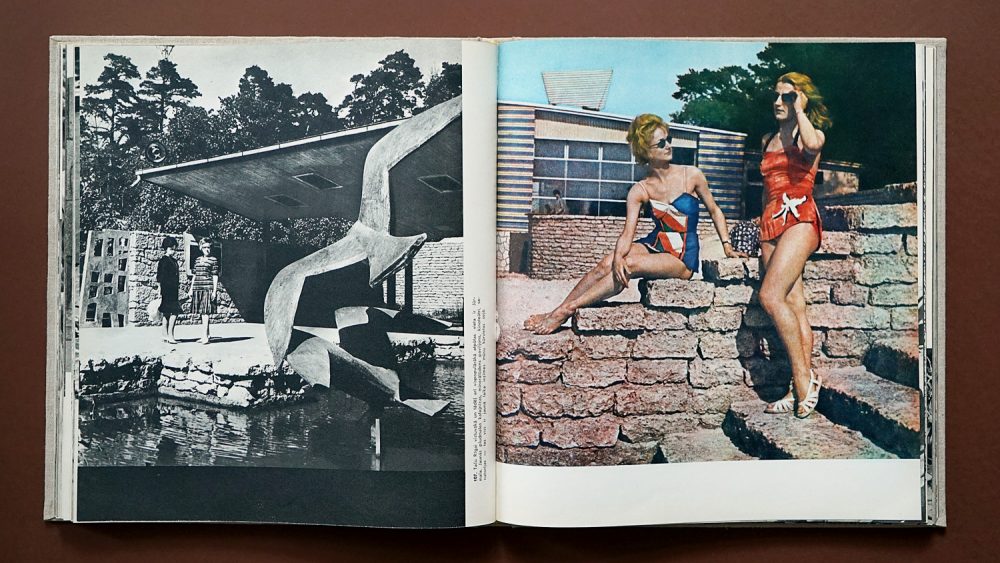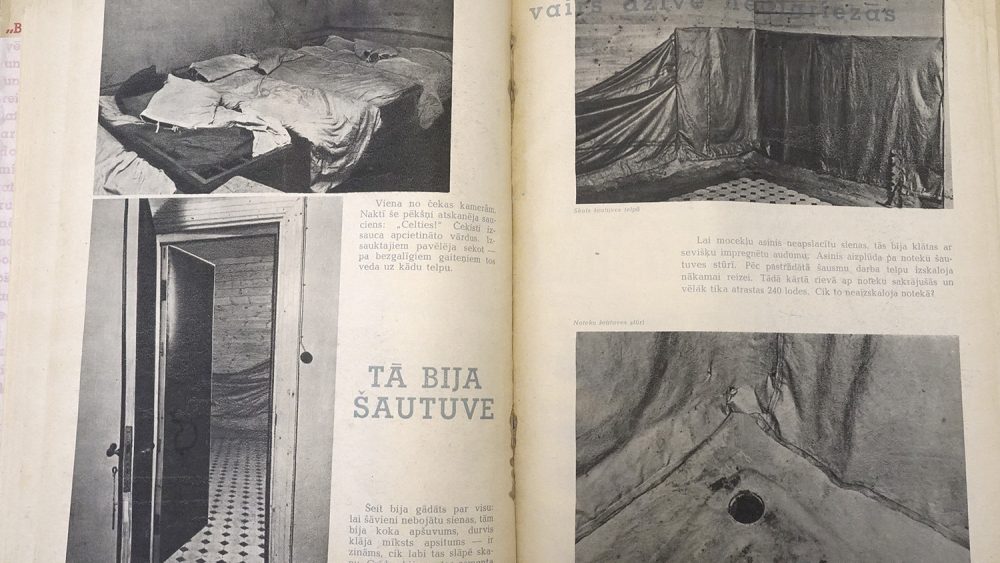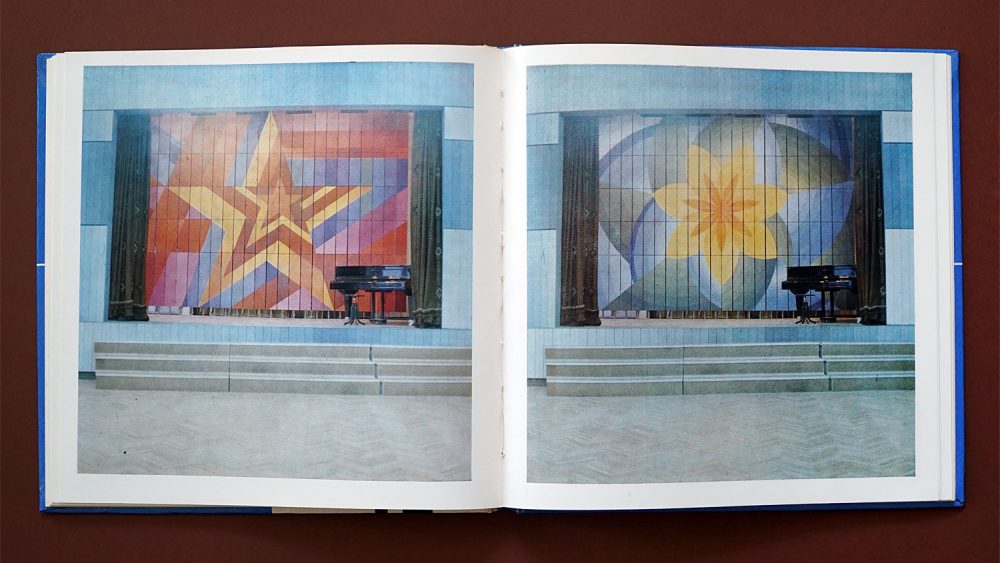Latvian photobook: Slītere Reserve
FK is continuing to introduce readers to the most interesting photography books published in Latvia in the previous century.
In the late 1970s and early 1980s the Society for the Protection of Nature and Monuments of Latvia released large-scale portfolios of photographs dedicated to a variety of subjects – nature reserves, protected plants, the seaside, etc. Among these publications was also the album Slīteres rezervāts (Slītere Reserve, 1978, 25 photo reproductions) in a beautiful leather cover. The author of this album was nature photographer and biologist Māris Kundziņš (1936). The author decided to compile such portfolios in 1976, when he started working in the laboratory of the Society for the Protection of Nature and Monuments. “Before that, there was a thrifty man there who used the photography equipment for business. At that time there was a lack of technology for reproducing documents, and the publishing houses could not handle everything, so they were using the photo department to produce labels,” Kundziņš remembers. However, instead of labels, Kundziņš had to turn to the mass production of nature albums. He was also the photographer behind most of these albums, which usually consisted of 21–30 photographs. In fact, these were contact sheets – it was a process of montage on technical film using the original negative, text and the Naturfoto laboratory logo. The Society also had a binding department, where the album covers were made – either of leather or fabric. In the beginning a small number of albums were made, but later it became possible to purchase the albums by individual order, therefore an accurate number of published copies is unknown. However, the author assumes that the number of printed copies did not exceed 1000. “The albums were sold to schools and other institutions; everyone was satisfied. On the one hand, I had the chance to spend time in nature, but on the other hand, I experienced a lot of tension, since I had to fulfil the plan and provide for my colleagues and bosses. The bosses were party electives, who led very comfortable lives,” the photographer tells. After a few stressful years he decided to quit the Society and started working for the magazine Veselība (Health).
Slītere Reserve (currently Slītere National Park) is the biggest and most diverse natural park in Latvia. The images of various landscapes, close-ups of plants and trees, as well as a Great Stone and a waterfall can be seen in the album. When working on the Slītere album, Kundziņš had already had experience in another nature reserve in Moricsala. “Have you ever been in a nature reserve? It’s an absolute jungle there! At first, it seems like there is nothing to photograph,” Kundziņš says, who believes that for a successful result, one needs time and knowledge of nature. Kundziņš could be regarded as the most popular nature photographer in Latvia, and even at the time he had an impressive portfolio of publications – the picture books Savvaļas ziedi (Wild flowers, 1965), Ezeru zemē (In the Land of Lakes, 1965), Latvijas ezeri (The Lakes of Latvia, 1969), Sēnes (Mushrooms, 1970) and Latvijas upes (The Rivers of Latvia, 1974). Slītere Reserve stands out with its unique design. Nowadays we can appreciate this object, reminiscent of an artist’s portfolio, not only in the context of nature documentation, but also art.



